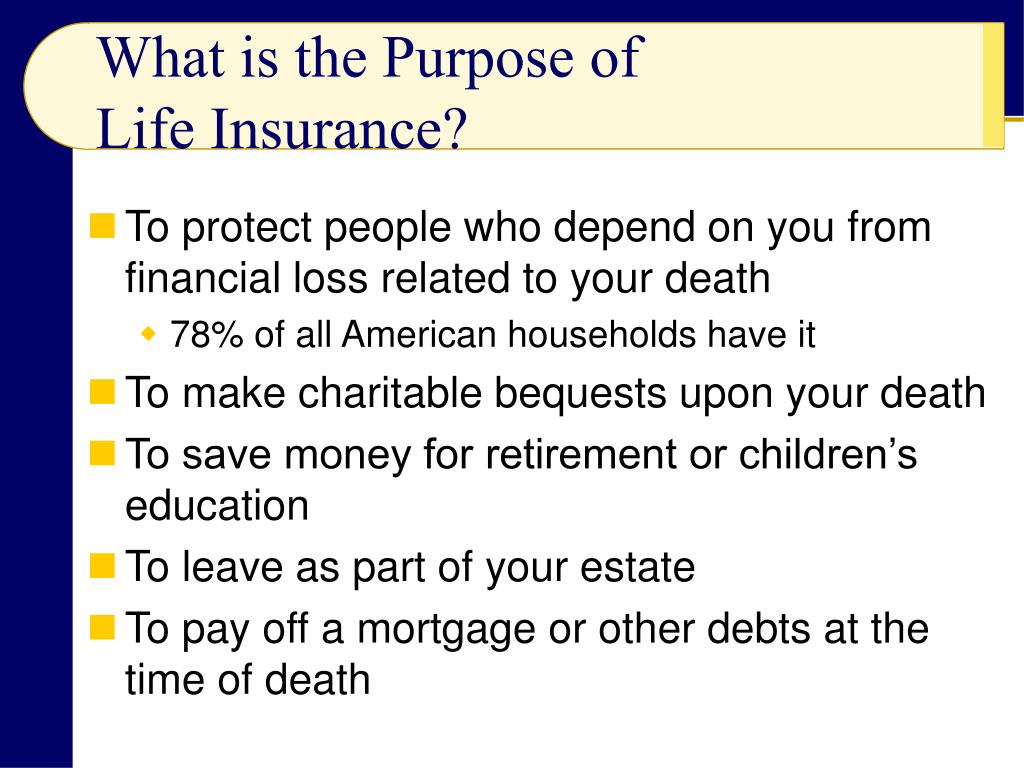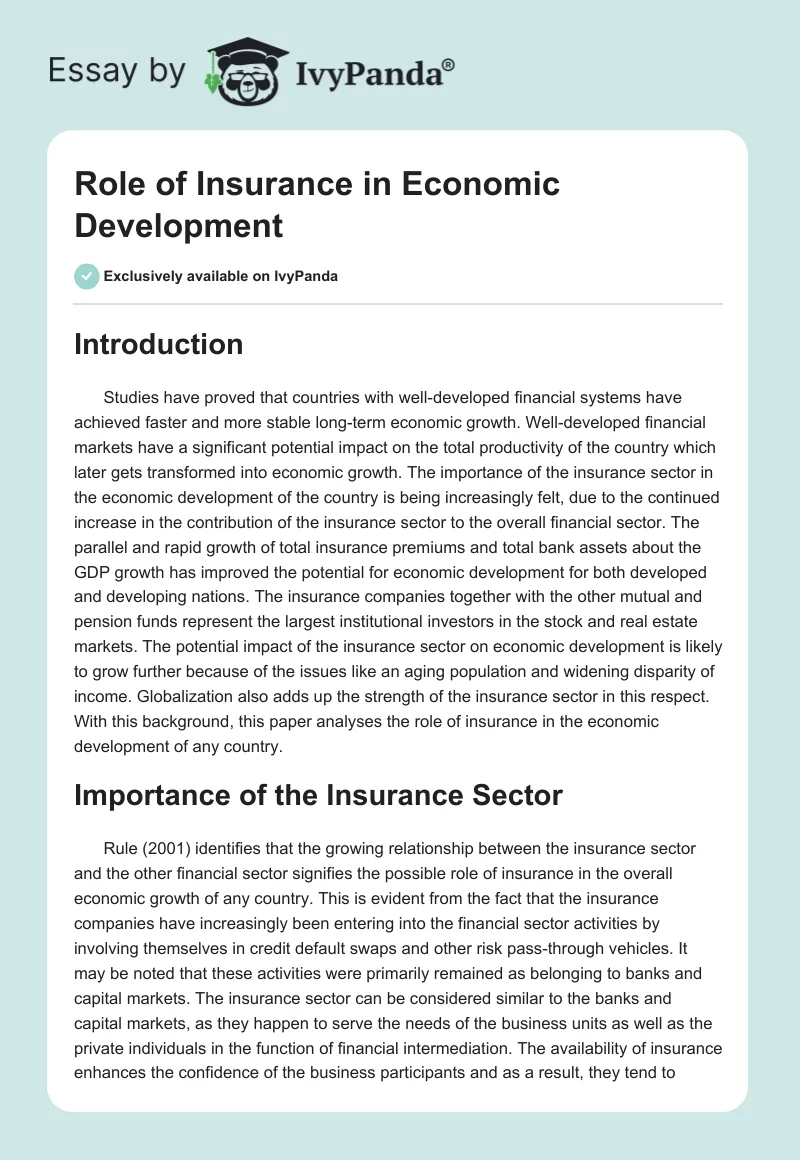The Best Strategy To Use For Pacific Prime
The Best Strategy To Use For Pacific Prime
Blog Article
A Biased View of Pacific Prime
Table of ContentsThe Pacific Prime StatementsPacific Prime Fundamentals ExplainedUnknown Facts About Pacific PrimeThe Only Guide for Pacific PrimePacific Prime - The Facts

This is due to the fact that the information were gathered for a period of strong economic efficiency. Of the approximated 42 million people that were uninsured, all but regarding 420,000 (concerning 1 percent) were under 65 years of age, the age at which most Americans end up being eligible for Medicare; 32 million were adults in between ages 18 and 65, around 19 percent of all adults in this age group; and 10 million were kids under 18 years of age, regarding 13.9 percent of all kids (Mills, 2000).
These quotes of the number of individuals uninsured are created from the yearly March Supplement to the Existing Population Study (CPS), conducted by the Demographics Bureau. Unless otherwise noted, national price quotes of individuals without medical insurance and percentages of the populace with various kinds of coverage are based upon the CPS, one of the most widely used resource of estimates of insurance policy protection and uninsurance rates.
Pacific Prime - The Facts

Still, the CPS is particularly valuable because it generates annual quotes reasonably quickly, reporting the previous year's insurance policy coverage approximates each September, and since it is the basis for a constant collection of quotes for more than 20 years, enabling for analysis of trends in insurance coverage gradually. For these factors, in addition to the comprehensive use the CPS in various other researches of insurance protection that are provided in this record, we rely upon CPS quotes, with restrictions noted.

The estimate of the number of without insurance people increases when a populace's insurance policy standing is tracked for a number of years. Over a three-year duration starting early in 1993, 72 million people, 29 percent of the united state populace, were without insurance coverage for a minimum of one month. Within a single year (1994 ), 53 million people experienced at the very least a month without insurance coverage (Bennefield, 1998a)
Six out of every 10 uninsured grownups are themselves employed. Working does boost the possibility that one and one's household participants will have insurance policy, it is not a guarantee. Also participants of households with 2 full-time wage income earners have virtually a one-in-ten chance of being without insurance (9.1 percent without insurance rate) (Hoffman and Pohl, 2000).
All about Pacific Prime
New immigrants represent a considerable proportion of people without health insurance coverage. One evaluation has attributed a considerable portion of the current development in the dimension of the united state without insurance populace to immigrants who showed up in the country in between 1994 and 1998 (Camarota and Edwards, 2000). Current immigrants (those who involved the USA within the previous four years) do have a high rate of being uninsured (46 percent), but they and their children represent simply 6 percent of those without insurance across the country (Holahan et al., 2001).
The connection in between health insurance and access to care is well established, as documented later in this phase. The partnership between health insurance policy and wellness outcomes is neither straight neither straightforward, a substantial medical and health and wellness services research study literary works web links health and wellness insurance protection to better accessibility to care, much better high quality, and enhanced individual and population health standing.
Levels of evaluation for examining the results of uninsurance. This discussion of medical insurance coverage concentrates mainly on the united state populace under age 65 because basically all Americans 65 and older have Medicare or other public insurance coverage. Moreover, it concentrates specifically on those without any kind of health insurance coverage for any kind of size of time.
The Basic Principles Of Pacific Prime
The troubles encountered by the underinsured remain in some aspects similar to those faced by the uninsured, although they are generally much less serious. group insurance plans. Uninsurance and underinsurance, however, entail noticeably different policy concerns, and the methods for addressing them may why not look here vary. Throughout this research study and the five records to comply with, the primary focus gets on persons with no medical insurance and hence no help in paying for health care beyond what is readily available via charity and safeguard institutions
Wellness insurance policy is a powerful variable impacting receipt of treatment because both people and doctors reply to the out-of-pocket cost of solutions - https://anotepad.com/notes/23abm5wr. Medical insurance, nevertheless, is neither required nor enough to get to medical services. The independent and direct effect of health and wellness insurance policy protection on access to health solutions is well developed.
Others will acquire the health treatment they require even without health and wellness insurance coverage, by spending for it out of pocket or seeking it from service providers that offer care complimentary or at extremely subsidized rates. For still others, health and wellness insurance policy alone does not make sure receipt of care due to other nonfinancial barriers, such as an absence of healthcare suppliers in their community, restricted accessibility to transportation, illiteracy, or etymological and social differences.
The Best Strategy To Use For Pacific Prime
Formal research regarding uninsured populaces in the United States dates to the late 1920s and early 1930s when the Committee on the Cost of Healthcare produced a series of records concerning funding doctor office gos to and hospital stays. This concern ended up being prominent as the varieties of medically indigent climbed throughout the Great Depression.
Report this page